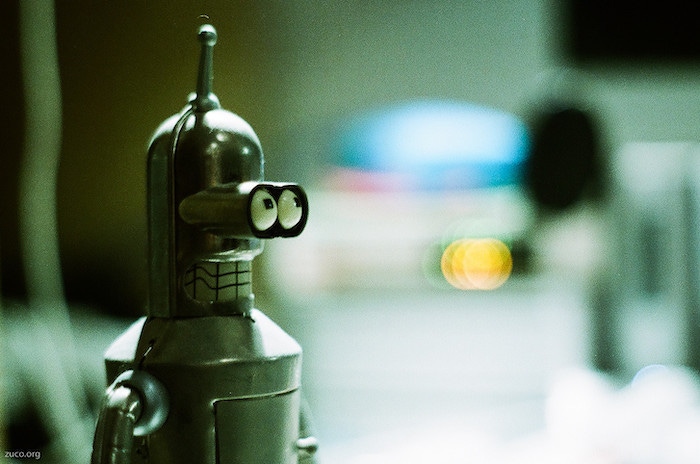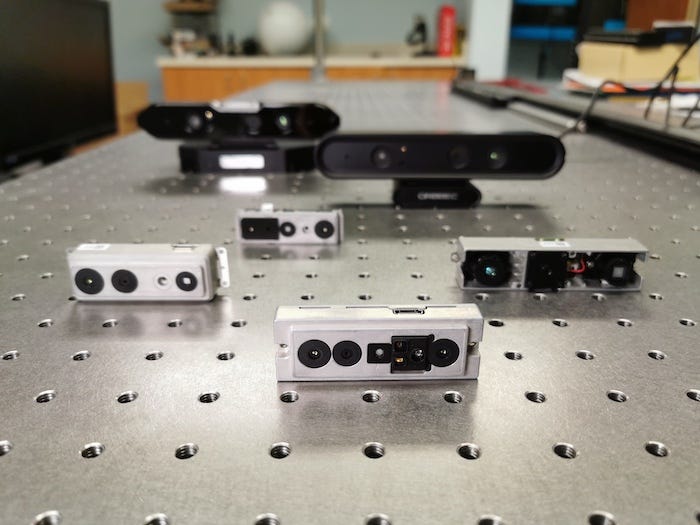Robots' inherent immunity to biological viruses make them ideal partners in the coronavirus crisis. Can technology make a difference?
April 15, 2020

In the popular “Futurama” TV series, one of the main robot characters was Bender. Among his favorite catch phrases was a call for his robotic companions to “kill all humans.”
It now looks like various biological agents – such as the coronavirus and others – may achieve that end ahead of any robot call to arms.
In reality, it now appears that robots and artificial intelligence (AI) may help be one of the saviors of humanity against both natural disasters and our latest biological nemesis. (BTW: Only a handful of viruses are bad.) Their new call to arms has become to “kill all viruses.”
Still, robots are not yet as sophisticated as they need to be. It’s far more likely that our electromechanical creations will automate a portion of jobs – but not all - in manufacturing, industrial warehouses, medical applications and others. We even have a name for the sophisticated and sensitive robotic arms that now work side-by-side human co-workers on assembly lines and medical facilities. They are called collaborative robots or cobots as they are aware and sensitive enough to work side-by-side with humans without crushing or killing them.
Outside of the factory and warehouse floors, cobots are beginning to find acceptance in the medical and hospital halls. In addition to their gentleness, medical cobots and mobile robots can’t be infected by biological coronavirus like COVID-19. Robotic systems have been especially important in clinical care, such as in disease prevention, diagnosis and screening, and patient care.
Several companies have designed robots to help alleviate some of the more mundane tasks that nurses must perform. One of those companies is Diligent Robotics, whose bot “Moxi” is equipped with a flexible arm, gripper hand and mobility that enable it find lightweight medical resources, navigate a clinic’s hallways and drop them off for the nurse.
Other medical robots systematically wander the halls of hospital rooms and even public spaces destroying COVID-19 viruses with ultraviolet (UV) light. Similarly, repurposed agricultural robots and drones are being used to spray disinfectant, thus reducing the cleaning staff’s exposure to potential contamination. Finally, as in the grocery industry, medical robots are also be used to deliver food and medicines without exposing humans to possible infections.
“It’s too soon to tell the full benefits of having robots act as intermediaries in contagious healthcare settings, but we do know that it helps in a few critical ways,” explained David Chen, co-founder and Engineering Director at Orbbec. “First, one of the most effective ways to reduce the dangers of a contagion is by limiting contact with others. These robots are pioneers in delivering vital supplies and food to people who’ve been infected.”
|
Image Source: Diligent Robots |
“The frontline of every epidemic is staffed with overworked medical professionals who are in contact with the infected day in and day out,” continued Chen. “These robotic assistants help provide a buffer between the medical staff and allow them to stay focused on providing the best care without risk of infection. As this technology grows, we could start seeing it used on a larger scale to provide for people who’re stuck in their homes.”
Naturally, technology has played a lead role in the creation of these megatronic medical robots. Consider just one aspect of the technologies needed to make any type of robotic co-worker, i.e., the capability of sensing one’s surroundings. A big computational problem for any mobile robot is the construction and updating of its internal map of an unknown environment while simultaneously keeping track of its our location in that changing map. In robot navigation, this computational challenge is known as simultaneous localization and mapping or SLAM.
For example, a sanitizing robot uses SLAM to achieve autonomous navigation, obstacle avoidance and collision prevention. A critical component that makes SLAM possible is a 3D image sensor system. Chen provided an example in which the guiding robot, with Orbbec’s Astra Mini 3D sensor, conducts SLAM navigation with a mobile device that determines its location to map spaces. It has the ability to determine its own position in its frame of reference and then to plan an optimal path towards its target location.
|
Image Source: Orbbec |
The impact of COVID-19 seems to be driving greater research and application robotics to address risks of infectious diseases. But without a sustained research effort, such endeavors will fall short in preparing us to quickly and efficiently handling the next epidemic or pandemic.
John Blyler is a Design News senior editor, covering the electronics and advanced manufacturing spaces. With a BS in Engineering Physics and an MS in Electrical Engineering, he has years of hardware-software-network systems experience as an editor and engineer within the advanced manufacturing, IoT and semiconductor industries. John has co-authored books related to system engineering and electronics for IEEE, Wiley, and Elsevier.
About the Author(s)
You May Also Like







